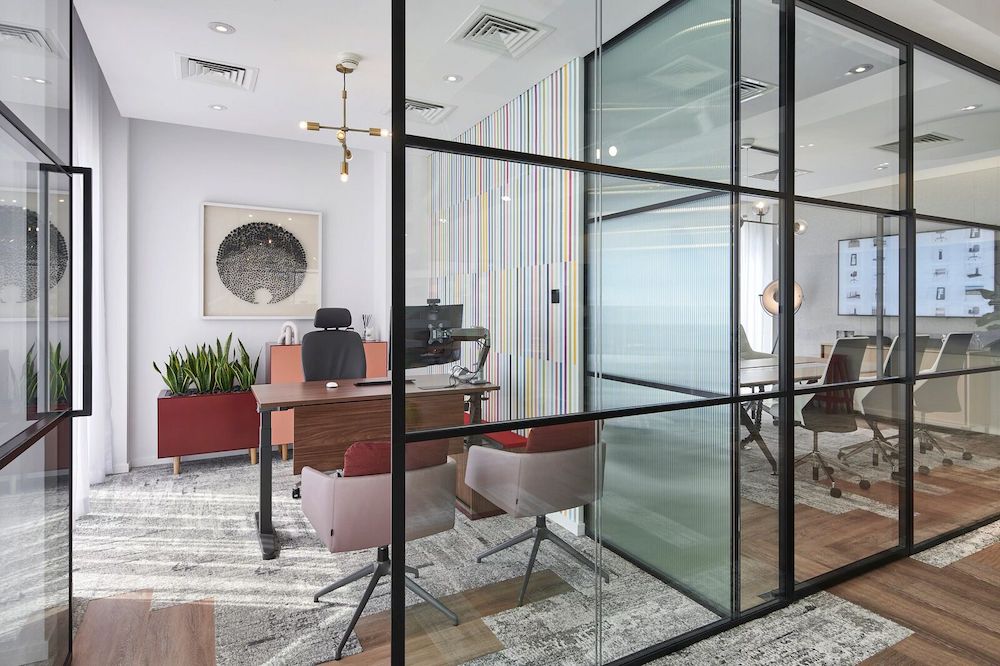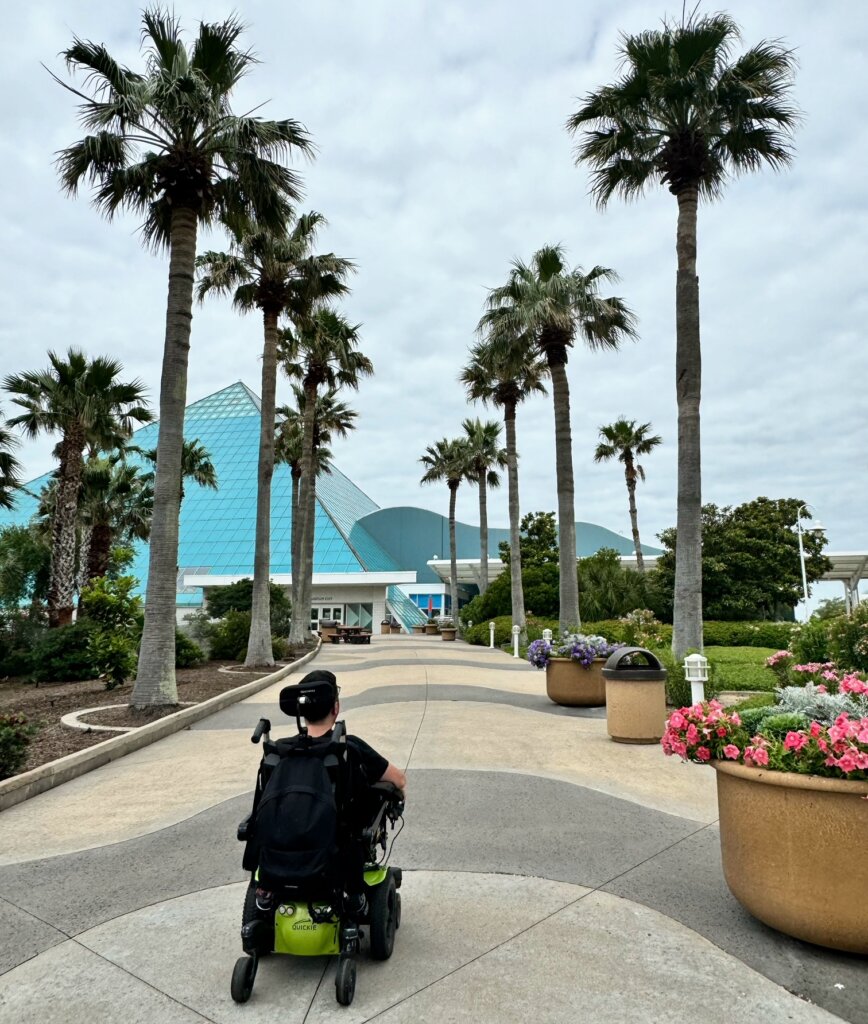Introduction: Redefining Public Spaces in the Modern Era
Interior design has transcended the boundaries of private homes and entered the realm of public and shared spaces. As urbanization expands and more people engage with public environments, the need for thoughtfully designed spaces that enhance user experience has become paramount. From parks and libraries to cafés and healthcare centers, interior design has evolved into a vital tool for fostering connections between people and their surroundings.
1. The Importance of Interior Design in Public Spaces
Public spaces have become hubs for interaction, relaxation, and information exchange. Interior design in these areas must cater to diverse user needs:
1.1. Social Interaction at the Heart of Design
How Design Enhances Interaction: Thoughtfully designed spaces encourage meetings, conversations, and collaboration. Group seating, warm lighting, and open layouts are elements that foster socialization.
Examples:
Modern cafés combining private tables with communal seating.
Urban parks with shared benches and walkable pathways promoting interaction.
1.2. Enhancing Quality of Life Through Design
Proper interior design reduces stress, promotes relaxation, and even boosts productivity. For instance, libraries with natural lighting and ergonomic furniture improve the reading and study experience.
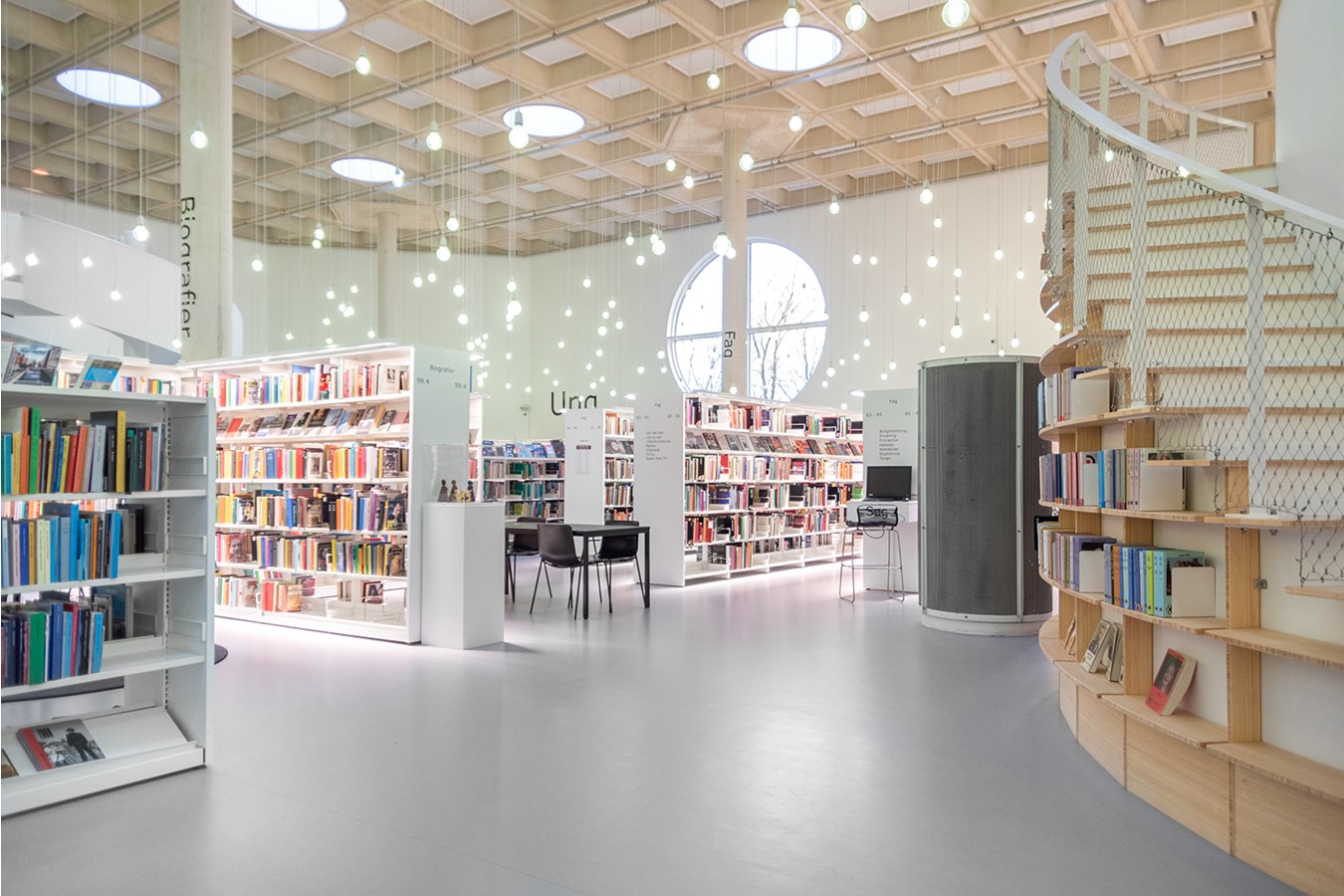
2. Challenges in Designing Shared Space
2.1. Balancing Privacy and Openness
Creating a balance between private and shared areas is a critical challenge. In coworking spaces, for example, the design must maintain individual privacy while enabling collaboration.
2.2. Sustainability and Environmental Design
Why Sustainability Matters: The increasing use of public spaces calls for sustainable design to minimize resource consumption and environmental impact.
Solutions:
Using recycled materials.
Implementing energy-efficient LED lighting.
Integrating greenery for air purification and connection with nature.
2.3. Cultural and Regional Adaptation
Public spaces must align with the local culture and climate. For instance, in tropical regions, cooling materials like stone or large shade structures enhance user comfort.

3. Principles of Interior Design for Public Spaces
3.1. Flexibility and Multi-Functionality
Public spaces should be adaptable to various uses.
Examples:
Halls designed for cultural events and conferences.
Cafés doubling as venues for live music at night.
3.2. Accessibility for All
Design must accommodate everyone, including children, the elderly, and individuals with disabilities.
Solutions:
Barrier-free pathways for wheelchairs.
Elevators and ramps in public buildings.
3.3. Aesthetic Functionality
Public spaces should be visually appealing while fulfilling their purpose. For example:
In hospitals, soothing colors and natural light alleviate patient stress.
In shopping centers, creative lighting and engaging layouts enhance the shopping experience.

4. Successful Examples of Interior Design in Public Spaces
4.1. Seattle Central Library, USA
This library combines unique architecture with functionality, offering not just a place for reading but also a hub for cultural events. Its transparent, well-lit spaces create a sense of openness and freedom.
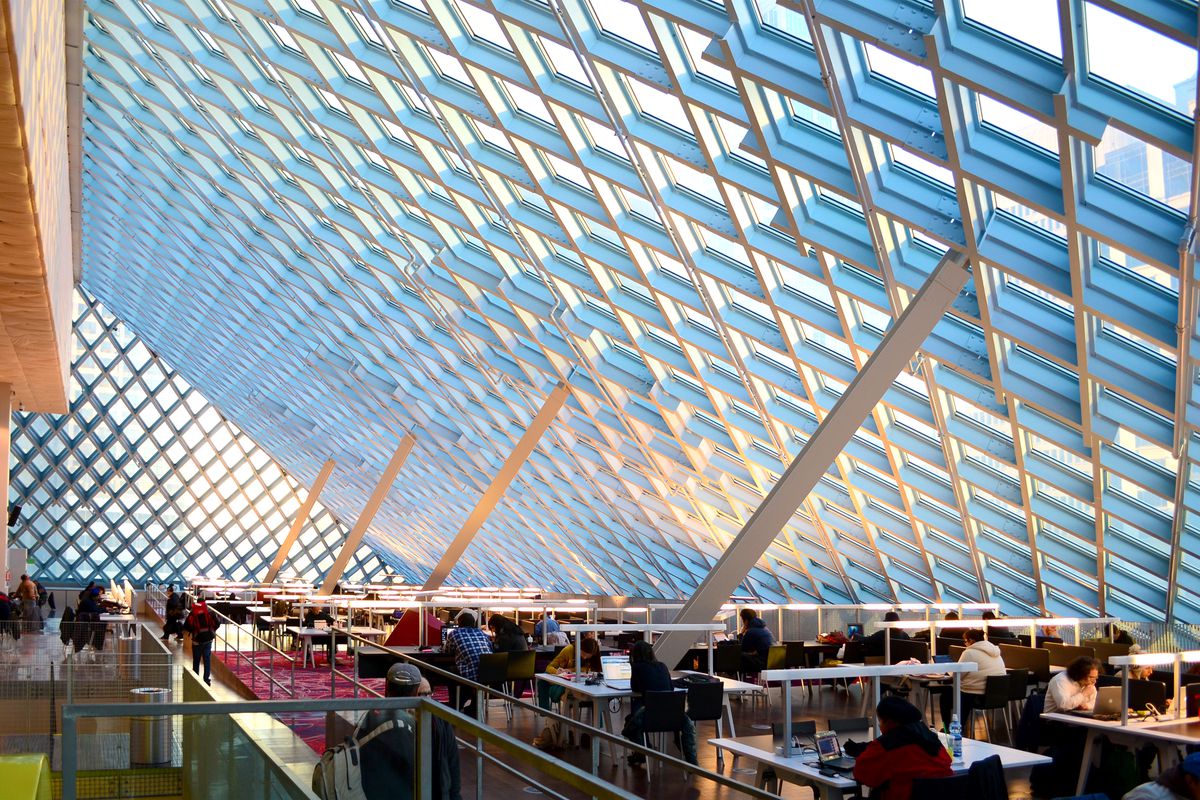
4.2. King’s Cross Station, London
A blend of historical and modern architecture, this station has been transformed into a dynamic urban center. Creative lighting and open spaces elevate the traveler’s experience.
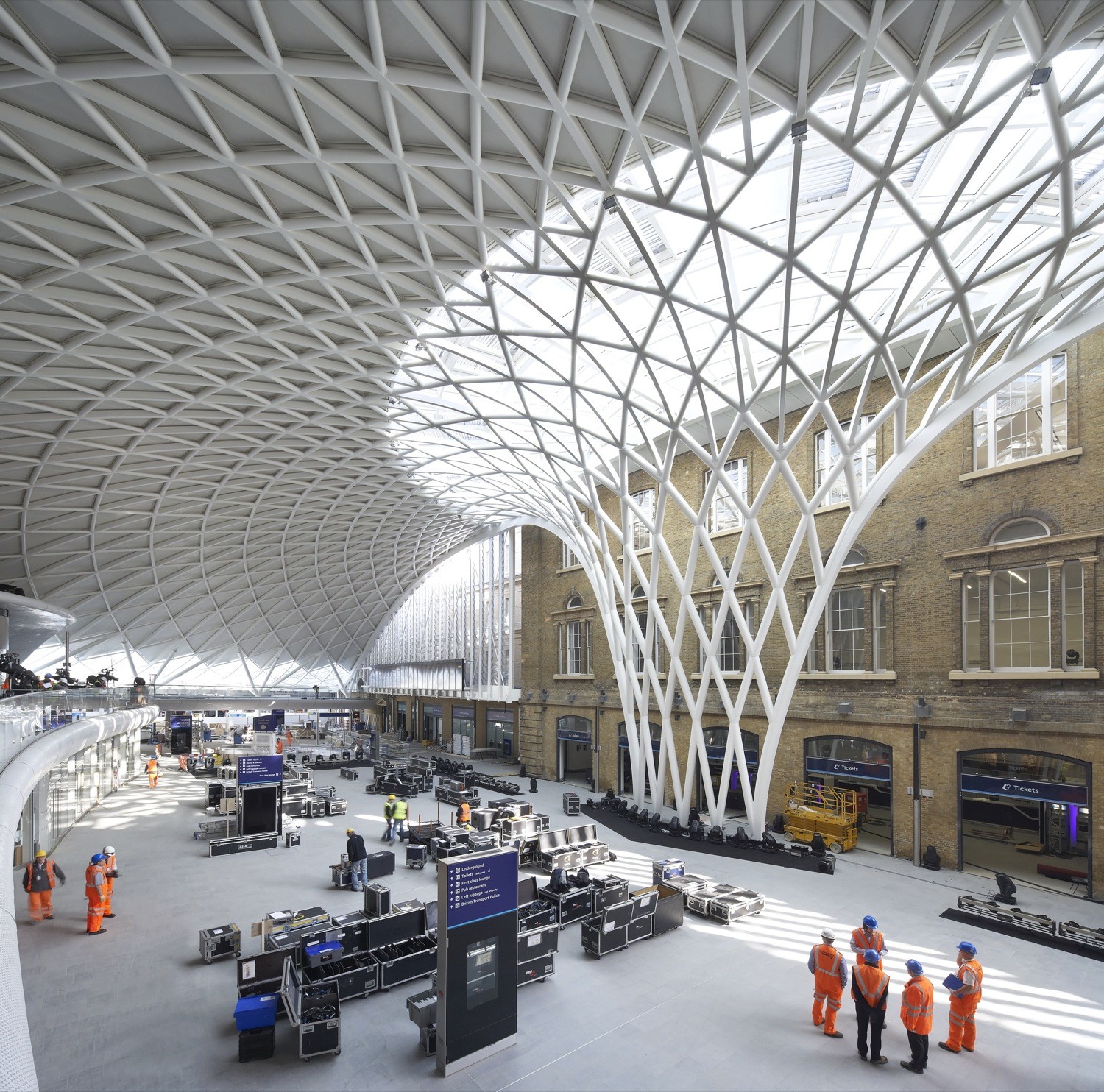
4.3. Bishan-Ang Mo Kio Park, Singapore
This urban park integrates nature with architecture, offering a unique experience for visitors. Its design harmonizes ecological sustainability with user engagement.
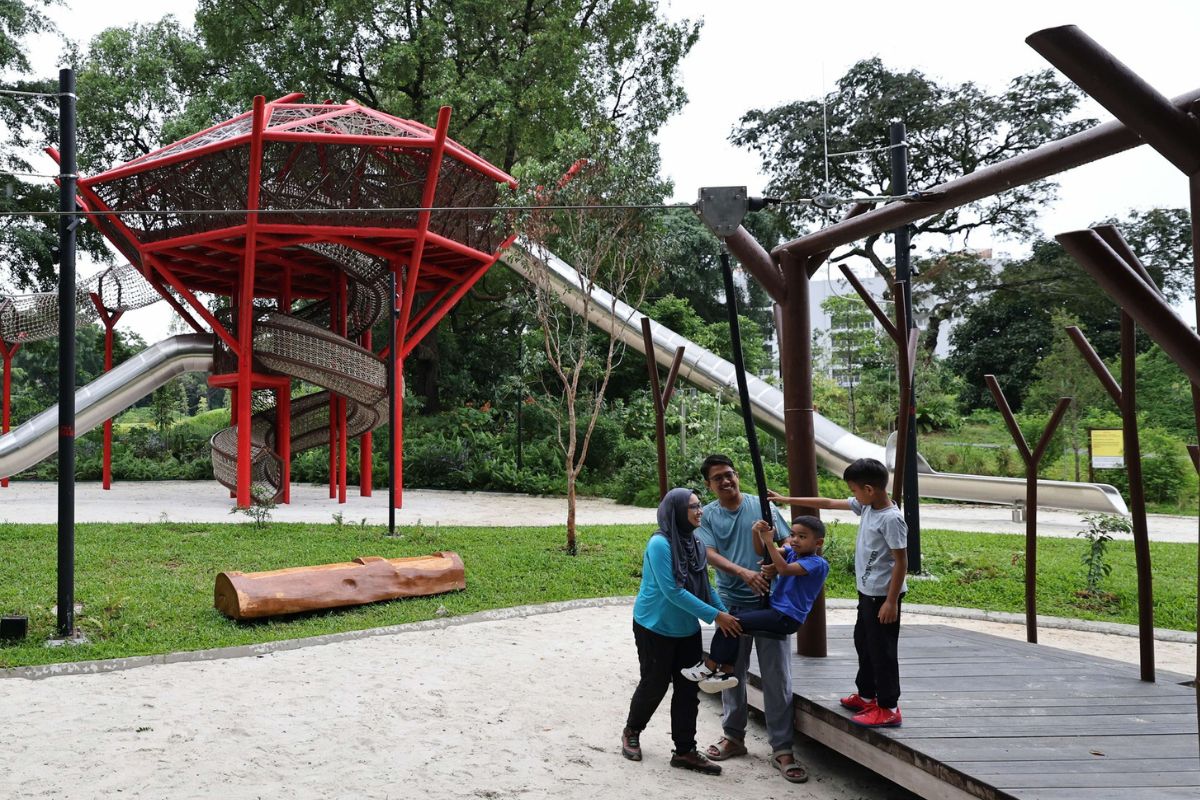
5. The Future of Interior Design in Public Spaces
The future of public space design leans toward smart solutions, greater sustainability, and personalization. Technologies like AI and augmented reality are poised to revolutionize user experiences. Additionally, integrating local culture and identity into modern architecture will strengthen human connections to these spaces.
Conclusion: Interior Design as a Bridge for Social Connection
Public spaces are where modern life unfolds. Thoughtful interior design can transform these areas into welcoming, effective, and sustainable environments that meet diverse needs. By rethinking how we design shared spaces, we pave the way for stronger communities and richer urban experiences.


